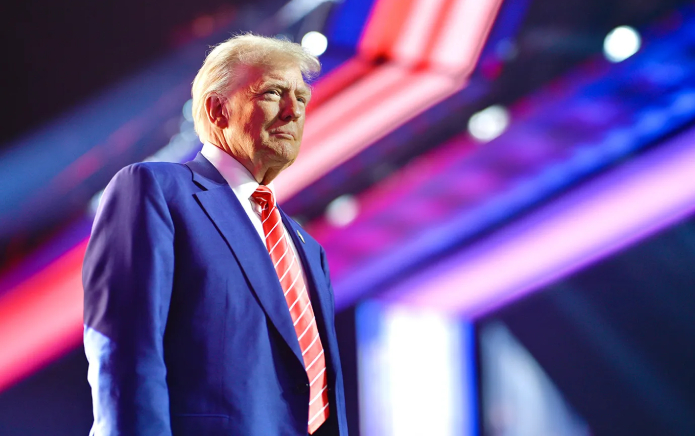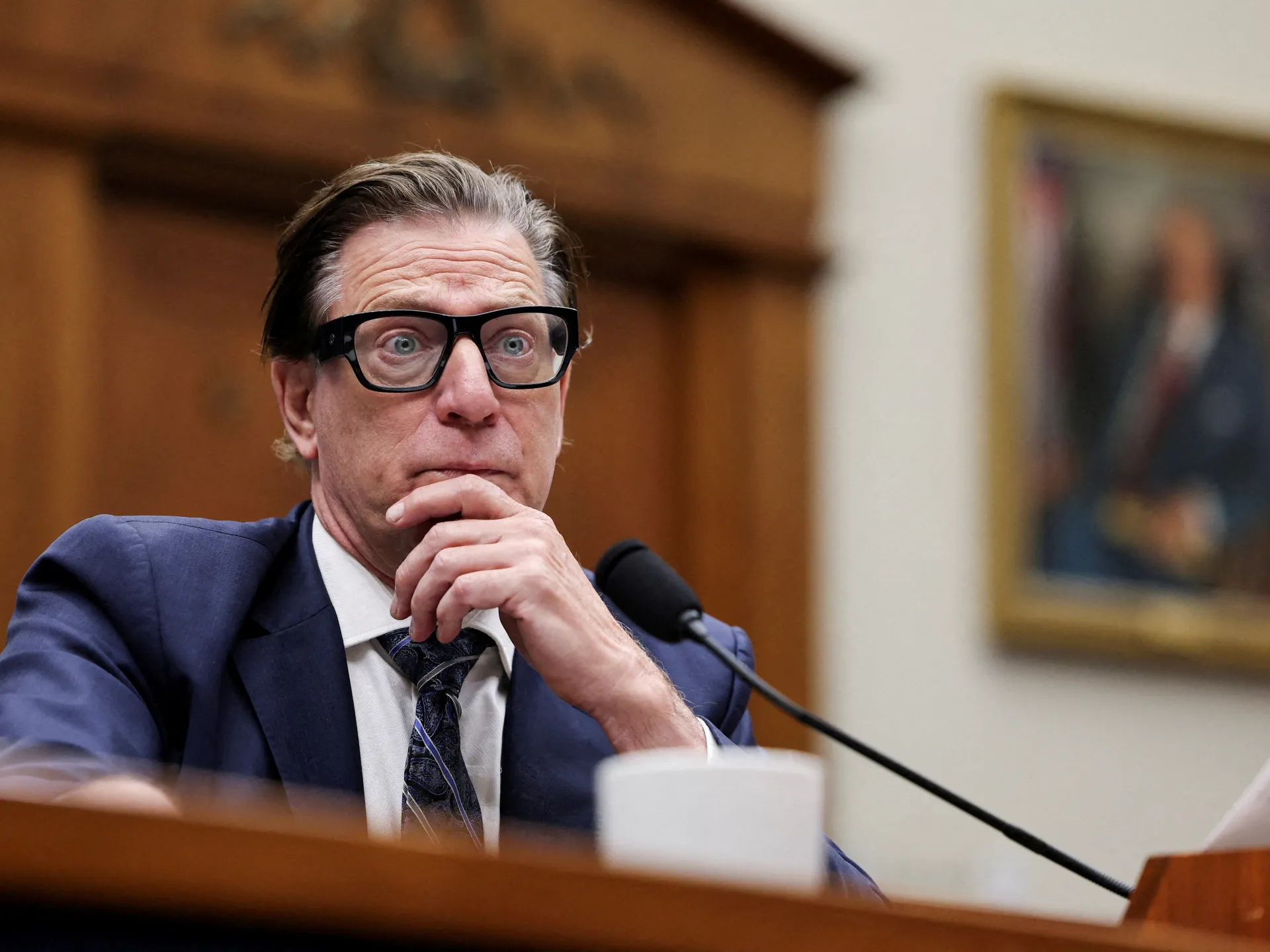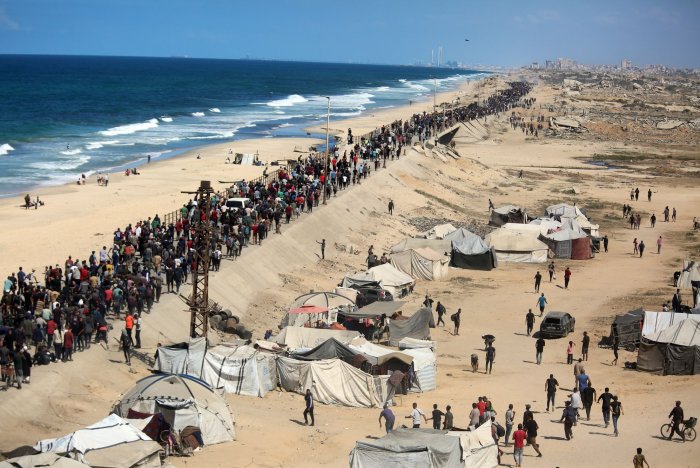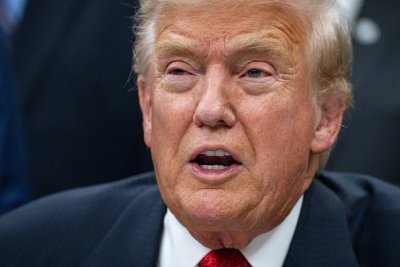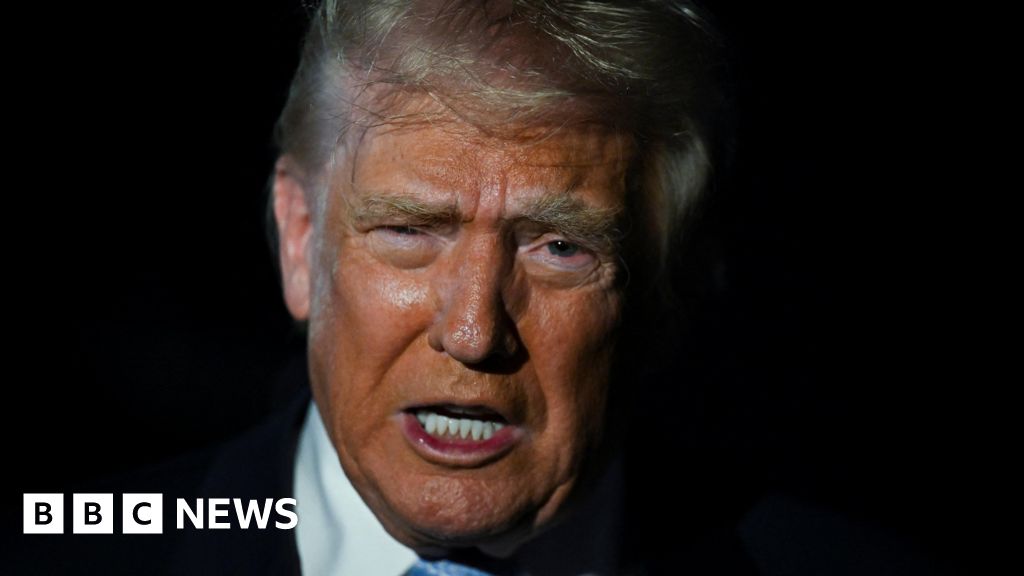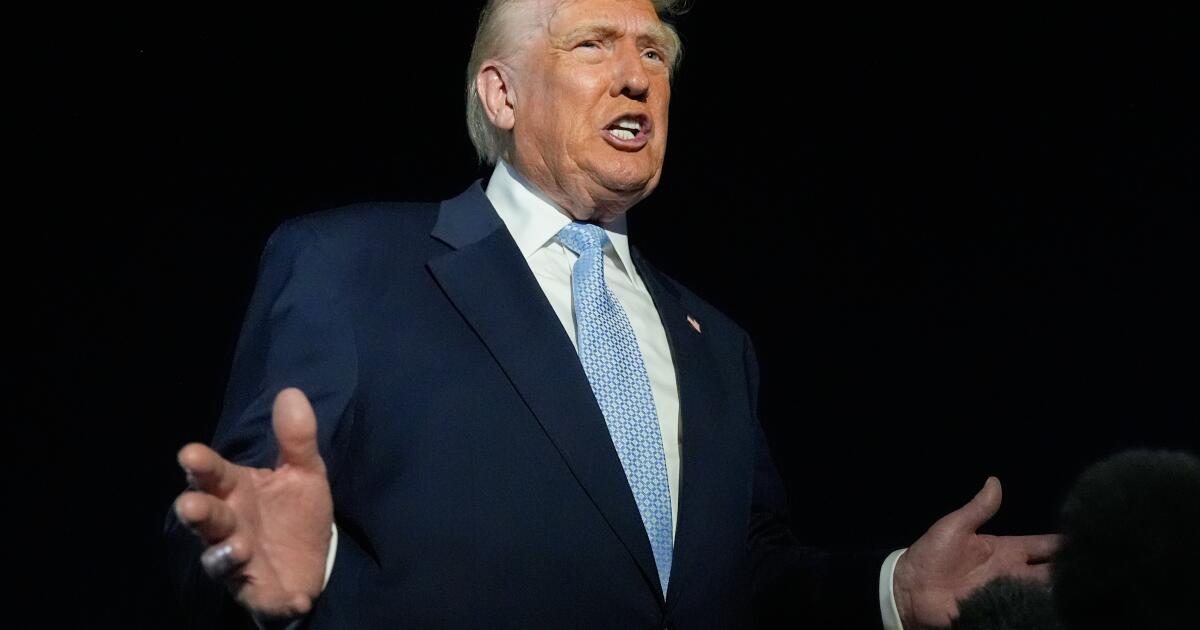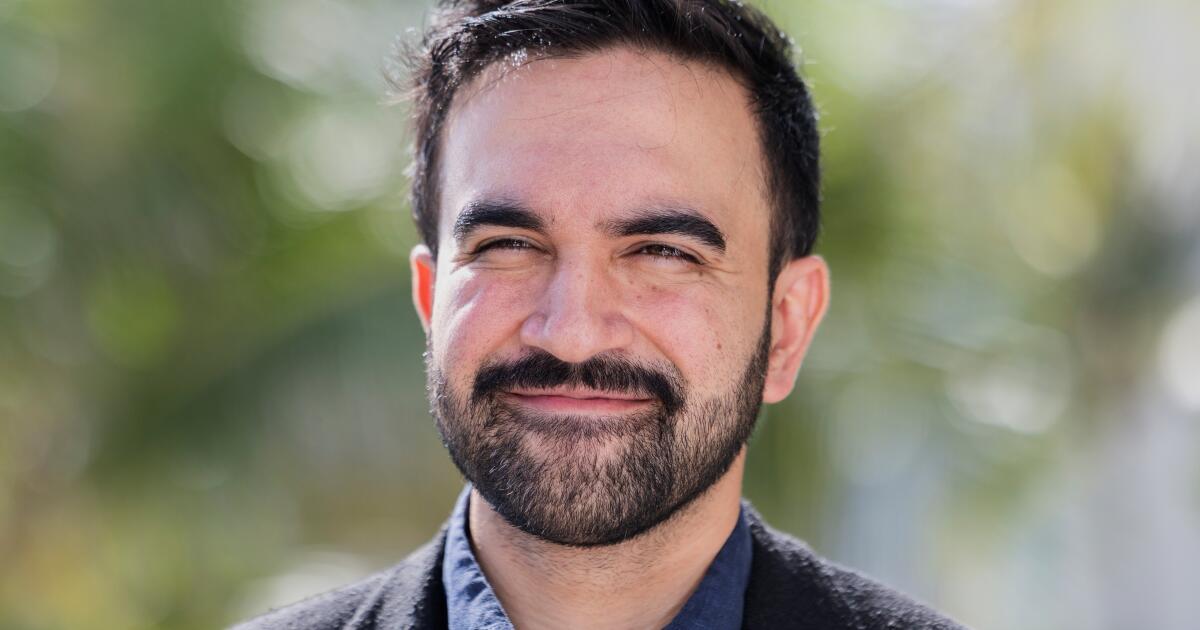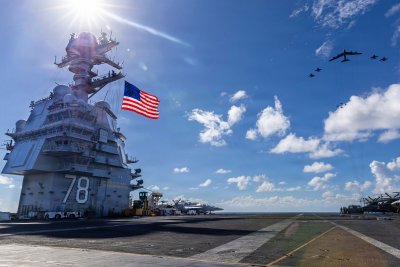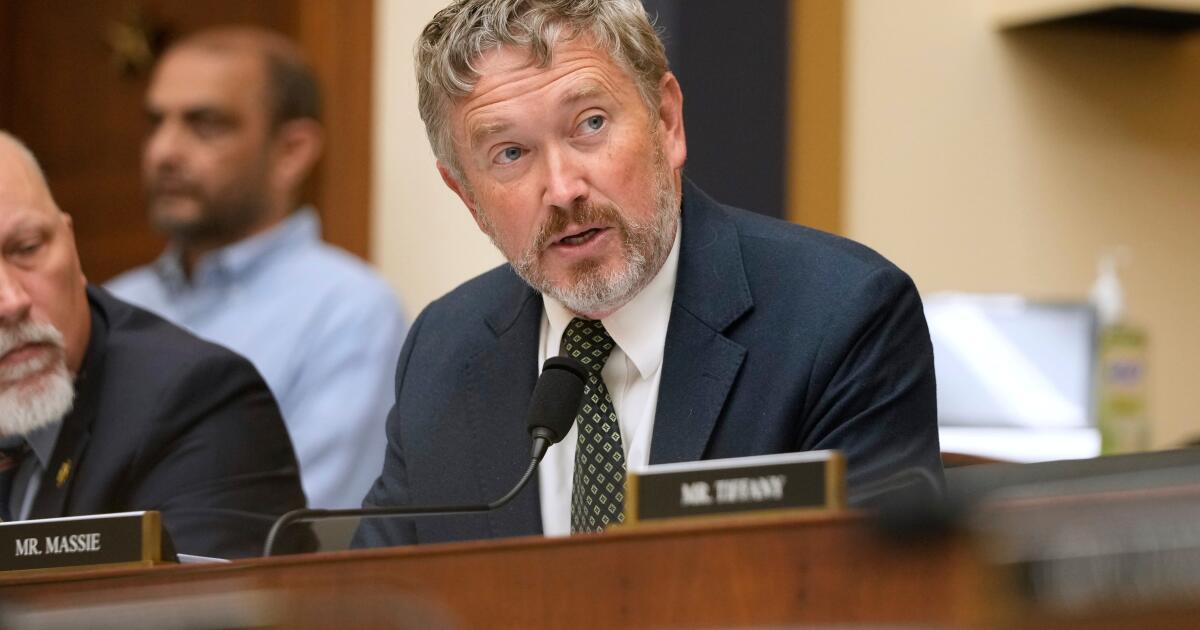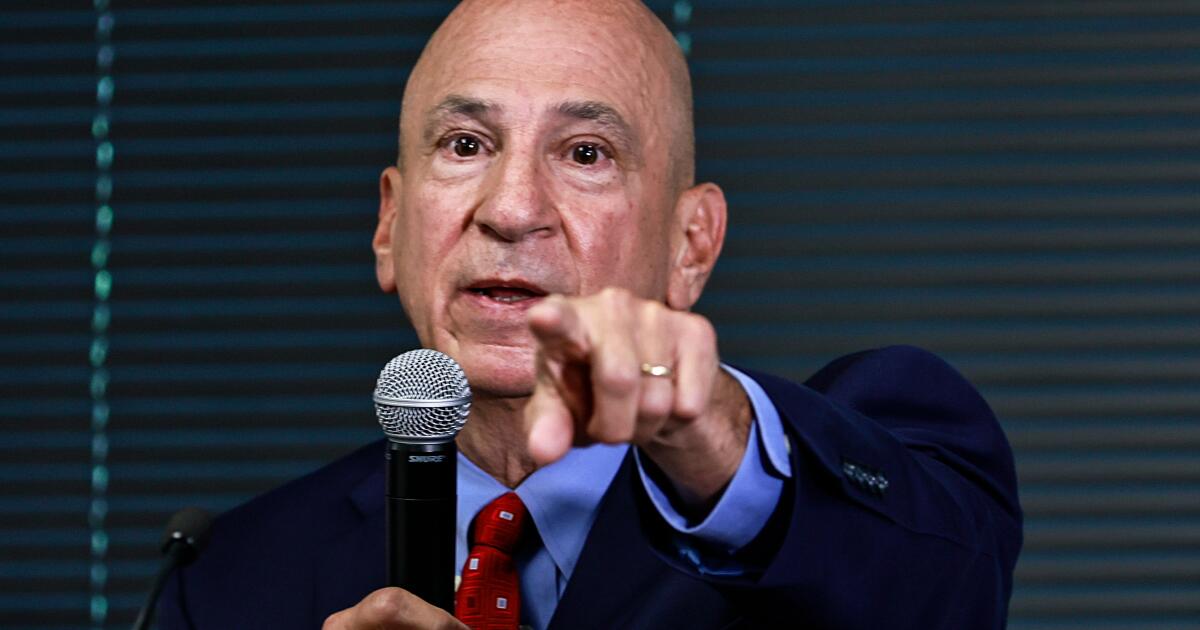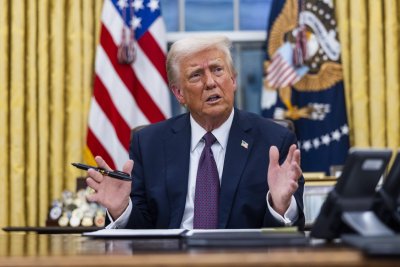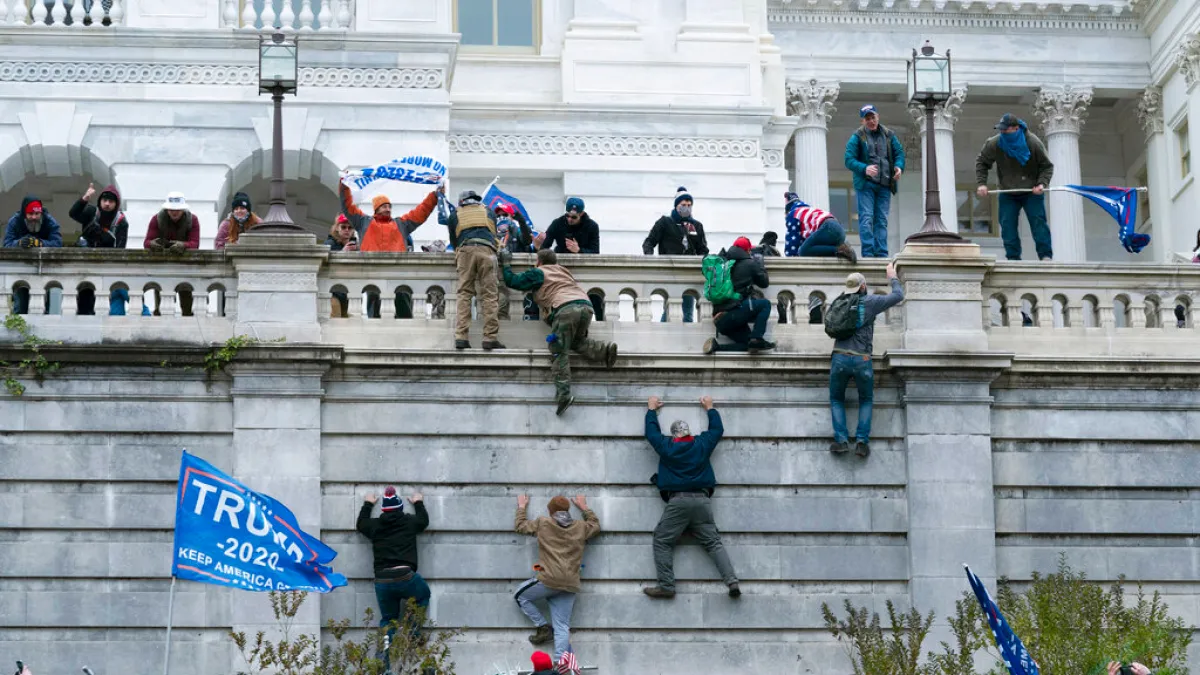Every anti-LGBTQIA+ move the Trump Administration has made
Since the start of Donald Trump’s second presidential term, Uncloseted Media has been checking in every 100 days to document each move in the administration’s ongoing and relentless attack on the LGBTQIA+ community. These last few months have continued the trend of each 100 days being worse than the last. Trump has weaponized the assassination of Charlie Kirk to put an even bigger target on trans Americans, and he has been testing out new rhetoric, claiming that Democrats want “transgender for everybody,” a line he’s now used so many times that we couldn’t include every reference. With that in mind, here’s the administration’s complete track record on LGBTQIA+ issues from days 201-300.
Aug. 9, 2025
Trump announces that he is nominating Department of State spokesperson Tammy Bruce as deputy ambassador to the United Nations. Bruce, an out lesbian, opposes transgender health care for minors and claims LGBTQIA+ Pride commercials “really do damage to the gay and lesbian community.”
Aug. 11, 2025
During a public safety press conference, Trump orders the National Guard to deploy in Washington, D.C., claiming it will curb crime despite it being down. While doing so, he attacks the LGBTQIA+ community, saying, “That’s why [Democrats] want men playing in women’s sports, that’s why they want transgender for everybody. Everybody, transgender.”
Aug. 12, 2025
Trump orders a review of the Smithsonian Institution to determine whether it aligns with his administration’s standards. He targets the museum’s exhibits on transgender athletes, ballroom drag and the evolution of LGBTQIA+ identities, as well as a painting of a Black trans statue of Liberty—that was later withdrawn by the artist—in the National Portrait Library.
The same day, the State Department releases a revised 2024 Human Rights Report that omits references to LGBTQIA+ people and erases mentions of discrimination based on sexual orientation or gender identity. The report also removes critiques of governments for mistreating LGBTQIA+ communities. For example, it removes information about Hungary’s anti-LGBTQIA+ laws that encourage citizens to report their LGBTQIA+ neighbors and that ban depictions of homosexuality or gender transition in schools or the media.
Aug. 14, 2025
The Department of Education (DOE) launches an investigation into four Kansas school districts, accusing them of violating Title IX as they “permit students to participate in sports and access intimate facilities based on ’gender identity’ rather than biological sex.”
Aug. 15, 2025
Budget cuts stemming from Trump’s federal workforce reductions eliminate $600,000 in funding for the D.C. Office of LGBTQ Affairs for 2026.
The same day, the administration announces plans to eliminate gender-affirming care from the Federal Employees Health Benefits Program starting in 2026, cutting coverage for over 8 million people. The policy would block access to hormones and surgeries for federal workers and their families.
Aug. 20, 2025
The media reports on court filings that reveal that the Department of Justice (DOJ) issued subpoenas to hospitals for private medical records of LGBTQIA+ patients 18 and younger. The DOJ requests billing data, communication with drug manufacturers, Social Security numbers and recordings from providers who treat gender non-conforming minors. Doctors across the country report threats and fear government retaliation.
“The subpoena is a breathtakingly invasive government overreach… It’s specifically and strategically designed to intimidate health care providers and health care institutions into abandoning their patients,” says Jennifer L. Levi, senior director of transgender and queer rights at GLAD law, an LGBTQIA+ legal group and civil rights organization.
Aug. 21, 2025
The White House publishes a list of 20 Smithsonian exhibits deemed “objectionable,” including many that highlight LGBTQIA+ and non-white artists. Targeted works include the American History Museum’s LGBTQ+ exhibit that explores queer and disabled identities, as well as a Title IX anniversary display featuring transgender athletes.
The Department of Health and Human Services (HHS) cuts $12 million of federal funding for California’s “Personal Responsibility Education Program,” which provides sex education to teens. HHS officials cite the state’s refusal to remove lessons on so-called “radical gender ideology.”
The Supreme Court (SCOTUS) upholds an executive order which directs the National Institutes of Health (NIH) to cut more than 1,700 grants, nearly 200 of which provide funding for HIV/AIDS.
The New York Times reports that the Trump administration will withhold more than half of the congressionally appropriated $6 billion for the U.S. President’s Emergency Plan for AIDS Relief. Experts say the cuts threaten HIV/AIDS services worldwide, as the Kenyan HIV/AIDs network NEPHAK announces layoffs and closures of health centers.
Aug. 23, 2025
ICE violently detains Brazilian trans woman Alice Correia Barbosa, later announcing plans to deport her.
Aug. 26, 2025
The administration warns U.S. states and territories that they will lose federal funding for sex education unless they “remove all references to gender ideology.” Forty-six states and D.C. receive letters ordering the purge of all “gender ideology” content within 60 days.
Aug. 28, 2025
The DOE orders Denver Public Schools to replace gender-neutral restrooms with sex-designated facilities within 10 days. If they don’t comply, the DOE suggests they will lose federal funding.
HHS Secretary Robert F. Kennedy Jr. tells Fox News that the HHS is studying whether gender-transition medications or antidepressants cause violence, citing a church shooting in Minneapolis by a transgender woman. Research shows no such connection, and nearly all mass shootings are committed by cisgender men.
Aug. 29, 2025
In an interview with the Daily Caller, a right-wing opinion website, Trump baselessly claims that banning transgender troops improves military readiness. He falsely links transgender identities to violence and repeats debunked claims about gender-affirming care.
Sept. 2, 2025
The Harvard Crimson posts Dean David J. Deming’s announcement that the university will no longer host programming for specific races or identity groups, signaling deeper cuts to diversity efforts. The move follows Trump’s demands that Harvard dismantle diversity, equity and inclusion (DEI) programs or lose billions in federal research funding. Since Trump took office, Harvard has removed DEI language, closed identity-based offices and folded LGBTQIA+, women’s and minority programs into a single “Harvard Foundation.”
On a podcast with former George W. Bush special assistant Scott Jennings, Trump conflates crime with support for transgender people, saying Democrats are “fighting for criminals, just like they fought for transgender for everybody… all these crazy things.”
Sept. 3, 2025
After a settlement requiring the administration to restore health and science information to federal websites, HHS officials tell the Associated Press that they remain “committed to its mission of removing radical gender and DEI ideology from federal programs.” The reversal follows an executive order meant to eliminate the term “gender” from policies and delete public health pages about pregnancy risks, opioid addiction and AIDS.
During an Oval Office meeting with Polish President Karol Nawrocki, Trump once again says Democrats “gave us things like men playing in women’s sports, open borders for everybody, transgender for everybody.”
Sept. 4, 2025
In response to the Minneapolis mass shooting, CNN reports that the DOJ is considering restricting transgender Americans’ Second Amendment rights by building off of Trump’s trans military ban and using it as justification for a firearm ban—something that would only be possible by declaring them mentally “defective.” The proposal sparks backlash from the National Rifle Association, who says in a statement that they “will not support… sweeping gun bans that arbitrarily strip law-abiding citizens of their Second Amendment rights without due process.”
A Maine principals’ group challenges a subpoena from the DOJ that seeks athletic rosters statewide as part of the administration’s effort to ban transgender students from sports. The group argues the request would expose private student information unrelated to the case.
A federal appeals panel upholds an injunction blocking the Trump administration’s plan to deny accurate passports to transgender and nonbinary Americans. Judges rule the government failed to show how inclusive passports violate federal law. In its decision, the court writes:
“Based on the named plaintiffs’ affidavits and the expert declarations submitted by the plaintiffs, the district court made factual findings that the plaintiffs will suffer a variety of immediate and irreparable harms from the present enforcement of the challenged policy, including ‘a greater risk of experiencing harassment and violence’ while traveling abroad.”
Sept. 5, 2025
CNN uncovers years of homophobic and misogynistic posts by E.J. Antoni, Trump’s nominee to lead the Bureau of Labor Statistics. Antoni, an economist at the Heritage Foundation, contributor to Project 2025 and a “bystander” on Jan. 6, has repeatedly mocked LGBTQIA+ people and journalists and appears to have been running an X account where he posted that “there is only one sexual orientation – everything else is a disorientation.” The administration would withdraw his nomination Sept. 30.
Sept. 8, 2025
Three military families sue the Department of Defense after the Trump administration’s ban on transgender health care. “This is a sweeping reversal of military health policy and a betrayal of military families who have sacrificed for our country,” says Sarah Austin, staff attorney at GLAD Law.
Speaking to the Religious Liberty Commission, Trump rambles, “On day one of my administration, I signed an executive order to slash federal funding for any school that pushes transgender insanity on our youth.” He goes on to falsely claim that some states can force children to transition without the parents knowing.
Sept. 9, 2025
A federal judge blocks the administration’s attempt to subpoena medical records of transgender minors at Boston Children’s Hospital. The court finds that:
“The Administration has been explicit about its disapproval of the transgender community and its aim to end GAC [gender-affirming care]. It is abundantly clear that the true purpose of issuing the subpoena is to interfere with the Commonwealth of Massachusetts’ right to protect GAC within its borders, to harass and intimidate BCH to stop providing such care, and to dissuade patients from seeking such care.”
Sept. 11, 2025
The Wall Street Journal publishes a leaked Bureau of Alcohol, Tobacco, Firearms and Explosives memo which falsely claims that shell casings found near the scene of Kirk’s murder were engraved with expressions of “transgender and anti-fascist ideology.”

